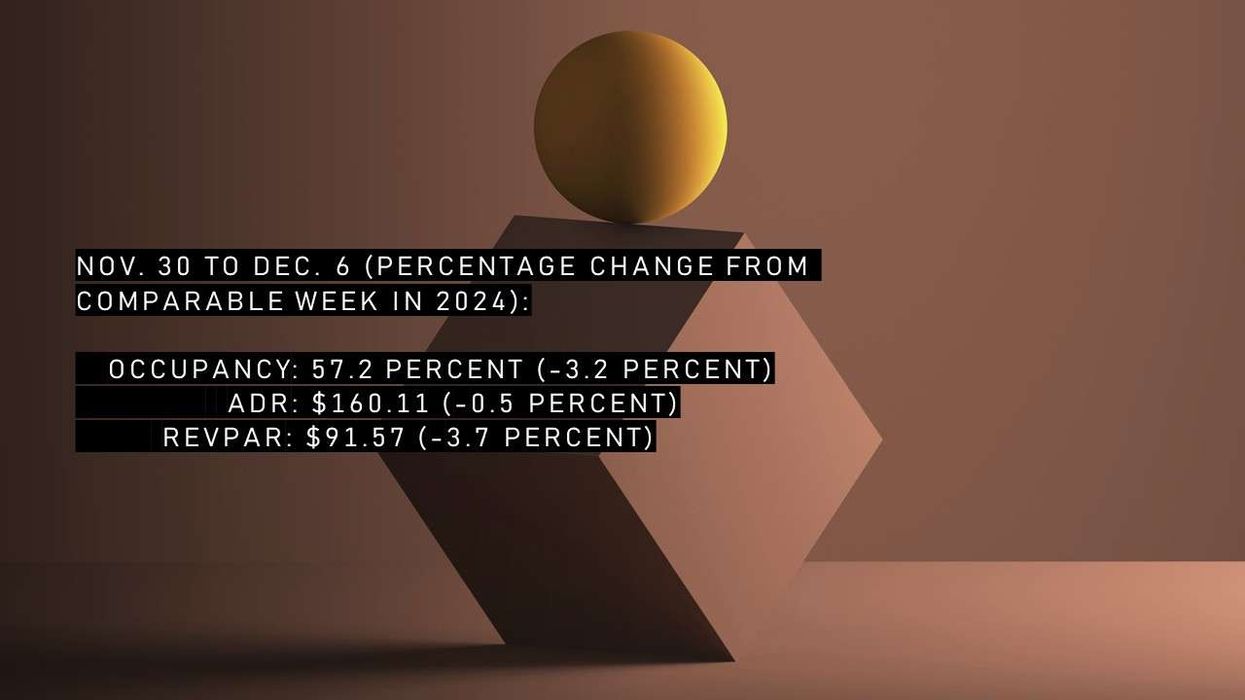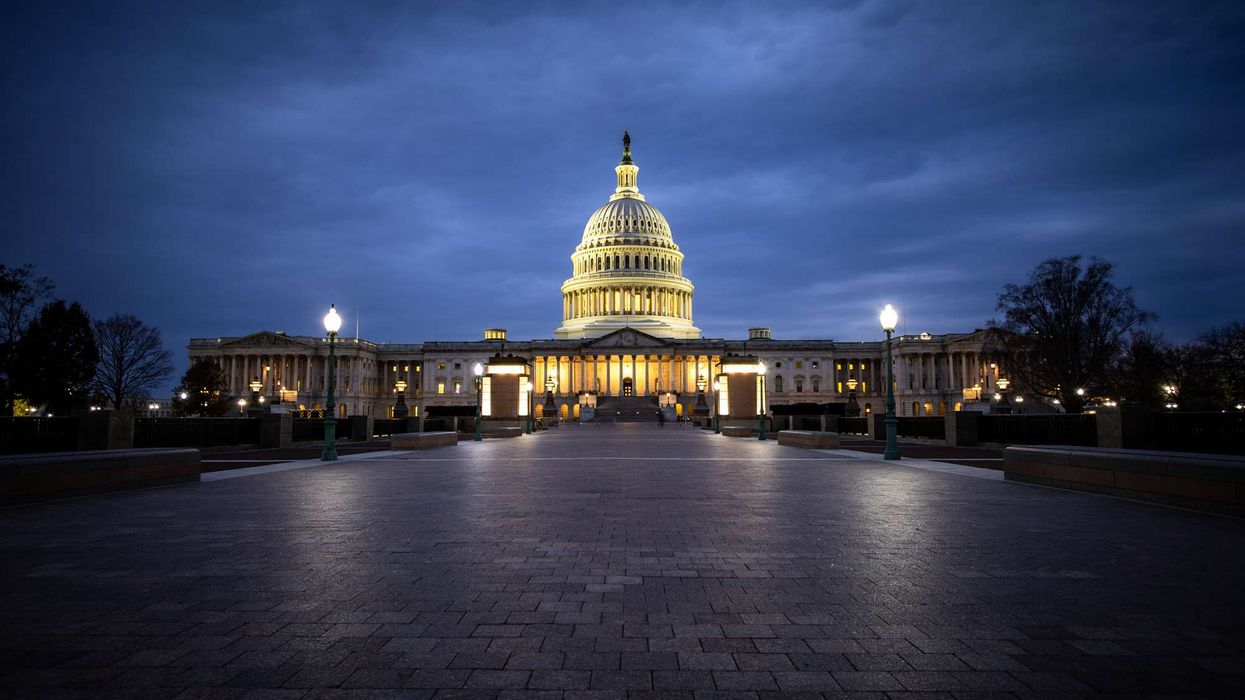Summary:
- Wyndham Hotels & Resorts' development pipeline reached a record 2,150 hotels in the second quarter.
- Global RevPAR fell 3 percent in constant currency, with a 4 percent decline in the U.S. and 1 percent growth internationally.
- Net income rose 1 percent year over year to $87 million.
WYNDHAM HOTELS & RESORTS’ development pipeline reached a record 2,150 hotels and 255,000 rooms in the second quarter, up 5 percent year over year and 1 percent quarter over quarter. The company said it remains confident in its ability to grow through development, royalty rates and ancillary fees.
About 70 percent of the pipeline is in the midscale and above segments, 58 percent is outside the U.S., and 17 percent is in extended stay, Wyndham said in a statement.
“We delivered another solid quarter growing our global system by 4 percent, expanding our development pipeline by 5 percent, increasing our ancillary revenues by 19 percent and continuing to execute our strategy focused on higher FeePAR segments and markets, which is driving growth in both domestic and international royalty rates,” said Geoff Ballotti, Wyndham’s president and CEO. “Record first-half openings and a 40 percent second quarter increase in new contracts awarded reflect strong developer confidence in Wyndham’s powerful, owner-first value proposition.”
It signed 229 new development contracts globally, a 40 percent increase from the same period last year.
RevPAR slipped
Wyndham’s second quarter global RevPAR decreased 3 percent in constant currency from 2024, reflecting a 4 percent decline in the U.S. and 1 percent growth internationally, the statement said. The international increase was driven by higher rates, offset by lower occupancy.
In the U.S., second quarter results included about 150 basis points of negative impact from the timing of the Easter holiday and the 2024 solar eclipse. Excluding these, U.S. RevPAR declined 2.3 percent year over year, driven by lower demand and partly offset by higher pricing.
“Amid a softer domestic RevPAR environment, we grew comparable adjusted EBITDA by 5 percent and comparable adjusted EPS by 11 percent,” Ballotti said. “We also returned nearly $110 million to shareholders this quarter—continuing to demonstrate the value-creating power of our highly cash-generative, resilient asset-light business model. With consistent development, royalty rate and ancillary fee growth, we remain very confident in our ability to create long-term value for our shareholders, franchisees and team members through the enduring appeal of our iconic brands.”
Mixed gains
Wyndham reported net income of $87 million, up 1 percent from the second quarter of 2024, as higher adjusted EBITDA and lower transaction-related expenses were partly offset by the absence of a spin-off related benefit, higher restructuring costs, and increased interest expense. Adjusted net income rose 13 percent to $103 million, compared to $91 million a year earlier.
Fee-related and other revenues rose 8 percent to $397 million from $366 million in the second quarter of 2024, driven by a 19 percent increase in ancillary revenues, higher royalties and franchise fees, and increased pass-through revenues from the company’s global franchisee conference in May.
Adjusted EBITDA rose 10 percent to $195 million from $178 million in the second quarter of 2024. The increase included an $8 million benefit from marketing fund variability; excluding this, adjusted EBITDA grew 5 percent on a comparable basis, driven by higher ancillary revenues, royalties, and franchise fees, partly offset by increased operating expenses related to the credit card program and the absence of insurance recoveries.
The company raised its adjusted diluted EPS outlook to reflect second quarter share repurchases and increased the low end of its year-over-year rooms growth outlook by 40 basis points to account for the removal of the dilutive impact from its Super 8 master licensee in China. It expects marketing fund revenues to roughly match expenses for full-year 2025, though seasonal spending will affect quarterly comparisons.
Wyndham opened a record 15,000 rooms globally in the first quarter of 2025, up 13 percent year over year, as its development pipeline reached a record 254,000 rooms.













